Tuscany was hot, hotter than Virginia, hot like Hawaii—and seemed dryer than either. Coming past Riparbella we saw a marker for the Fonte di Lepre and almost simultaneously, a good-sized hare, a big stringy one. This sort of thing happens when you travel.
When the boars, eagles, stags, griffins, dragons, buzzards and other animals that form the heraldry of North Italy get tired of blundering into each other and require intelligent advice and a moment of sense, they come round and ask the lepre. We don’t have to wonder about that.
Volterra is not very large. As soon as we arrived we ran around the wall three times like so many Hectors, not so much pursued by Achilles or acting out the Iliad as pursuing our hotel, cleverly secreted away in the narrow winding lanes.
We scarcely tried to photograph the sarcophagi. Somehow I felt as if they perhaps warned off photography. Reducing the alabaster or terra cotta cabinets to a 2-D image would fail even more than usual; the carving and molding is deep and tactile. There seemed to be two main stylistic urges, a volumetric style of representing the human form and its draperies that seems at first glance a little crude or disproportioned, and a Graeco-Etruscan style, sometimes carried off with extreme finesse. The boxes may have feet, and the side panels are carved, sometimes in deep relief. The lid forms the bed or couch for a figure of the person whose ashes and bones are inside. Women’s sarcophagi are often decorated with mirrors, men’s sarcophagi with drinking cups. The puffier style of human representation, seen up close, makes considerable tactile sense. The somewhat conflated forms of the ancient Etruscans on their sarcophagi are meant for handling. The faces, all too fleshy, become subtly more real the longer one gazes into them. This bulkier modeling was a fashionable style for many centuries.
Vergil made the Roman claim to be descended from Trojan refugees famous forever, but long before Rome’s Golden Age the Volterrans also took this idea with literally mortal seriousness. Perhaps it’s likely enough. We know roughly when and where Homer sang the Iliad in its climactic form. But we don’t know when or where the Iliad was first sung. The famous “catalogue of ships” looks suspiciously like the original beginning, buried behind a long and complex explanatory narrative that includes multiple side stories. Homer’s version is explicitly told more from the Greek side but there are Trojan passages. Vergil’s Aeneid is a reprised Iliad told from the Trojan perspective, but there could have been even earlier shadow-Iliads. Can we be sure what version of the Iliad the archaic Volterrans valued so much? Do we even know why the Romans, at the dawn of the Republic, did such a thorough job of forgetting the alphabets of the Etruscan Umbrians and Tuscans? Was this indifference or were there conflicting genealogical narratives that needed to be lost?
We can be fairly sure, though, that Greek refugees bringing an artistic style with them reached Volterra, and their Iliad was surely Homer’s. Somehow they obviously fitted right in.
Though the Etruscan treasures are the glory of Volterra’s museum, their collection of Renaissance painting includes some rare examples. They haven’t wandered far from where they were painted, and retain some of the hauntedness I cannot explain.
Coucous tossed with lemon juice, parsley and cheese was the perfect opener. Then came the smoked duck breast carpaccio, and our mood changed. Our mood had to change. We were taking this meal much too lightly. We had a good enough table next to the local lawyers who appeared to still be arguing a case, had settled into a fine red, had done the coucous salad with a clear conscience, and had then been presented with an apparent miracle. We were going to have to eat this dish with bite-by-bite mindfulness. The smoked duck breast carpaccio was metaphysical.
I could speak of the rest of this meal, or not. Outside, the dark medieval streets were deserted. Only the hoot of a distant owl broke the crystalline silence as the sommelier, one of the last few people left in the building, unwrapped a cold bottle of grappa from its white linen coif and explained that this bottle was from Udine, was rare, was not the usual thing, was a kind of arcane mad nectar within the known spectrum of the grappa world. I guess we had probably asked, “What is it?” or “Is there anything else you can do to us?” I don’t remember.
The Udine grappa turned out to be everything claimed for it. They say you can’t explain the taste of chocolate or hashish, because chocolate and hashish have no kindred analogous flavors. I would add a third thing to the list: whatever was in that bottle.
But we did get back to our hotel. And then out of Italy altogether. Our mistake, I guess. I had not had the slightest desire whatsoever to leave Elba. But if we had stayed on Elba forever, there’d have been no smoked duck breast carpaccio for us. That’s how things are. You have to keep hopping along if you want to meet the next duck, but you’ll inevitably regret all the things you left behind. And that’s the end of this blog series on our 2017 visit to Italy.
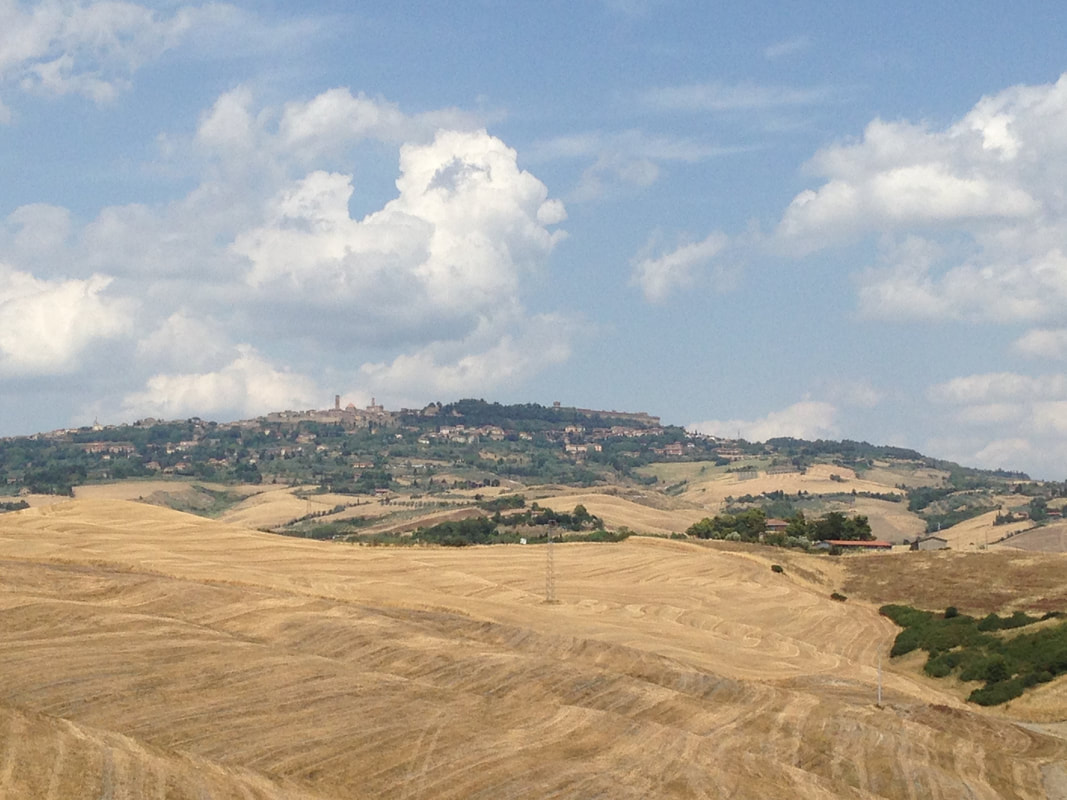
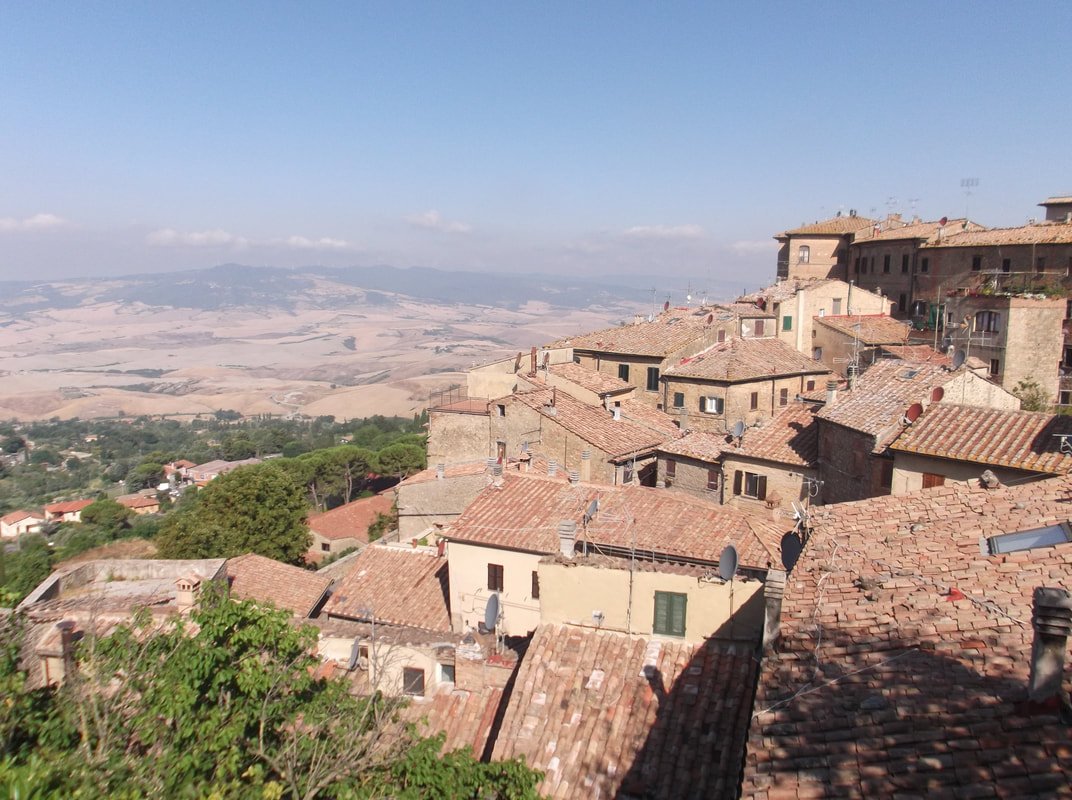
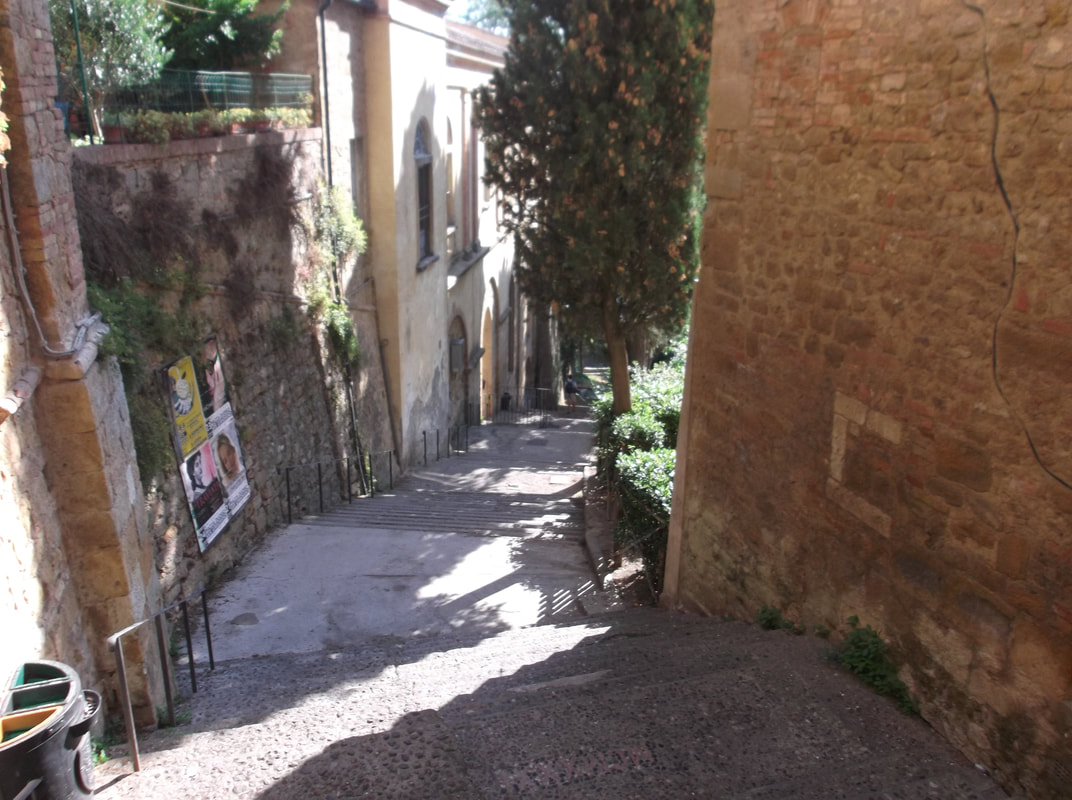
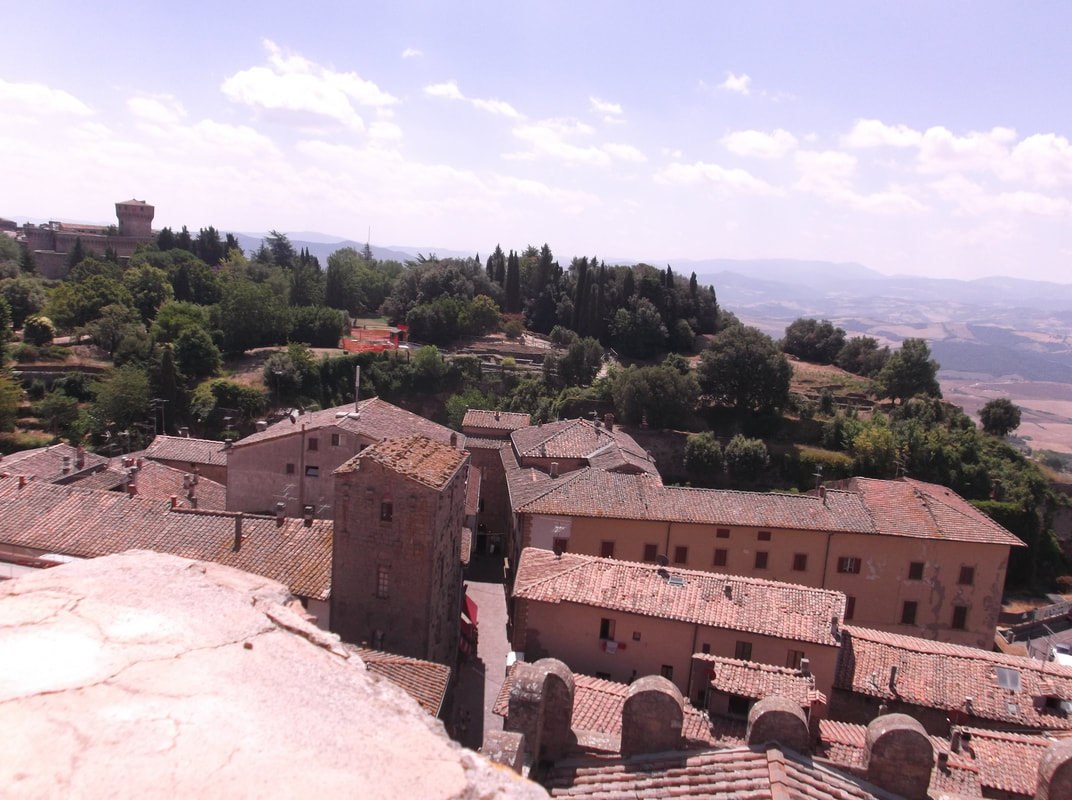
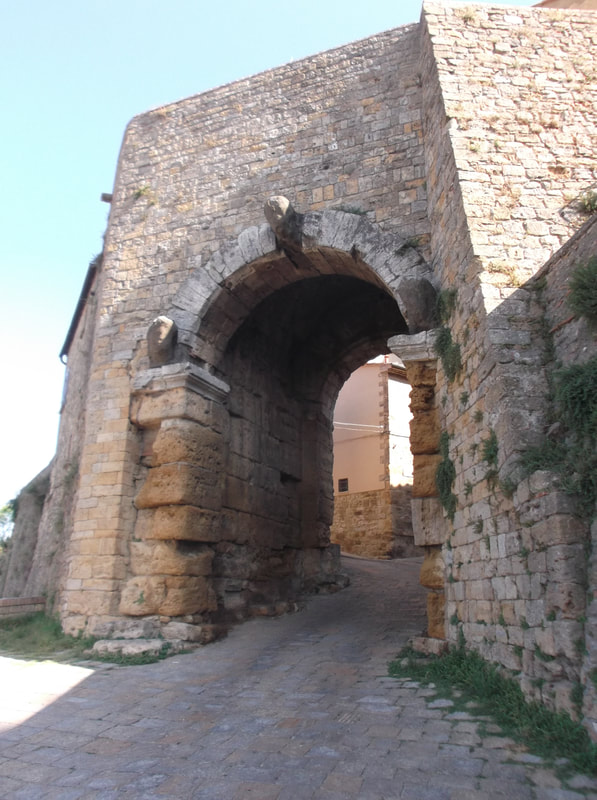
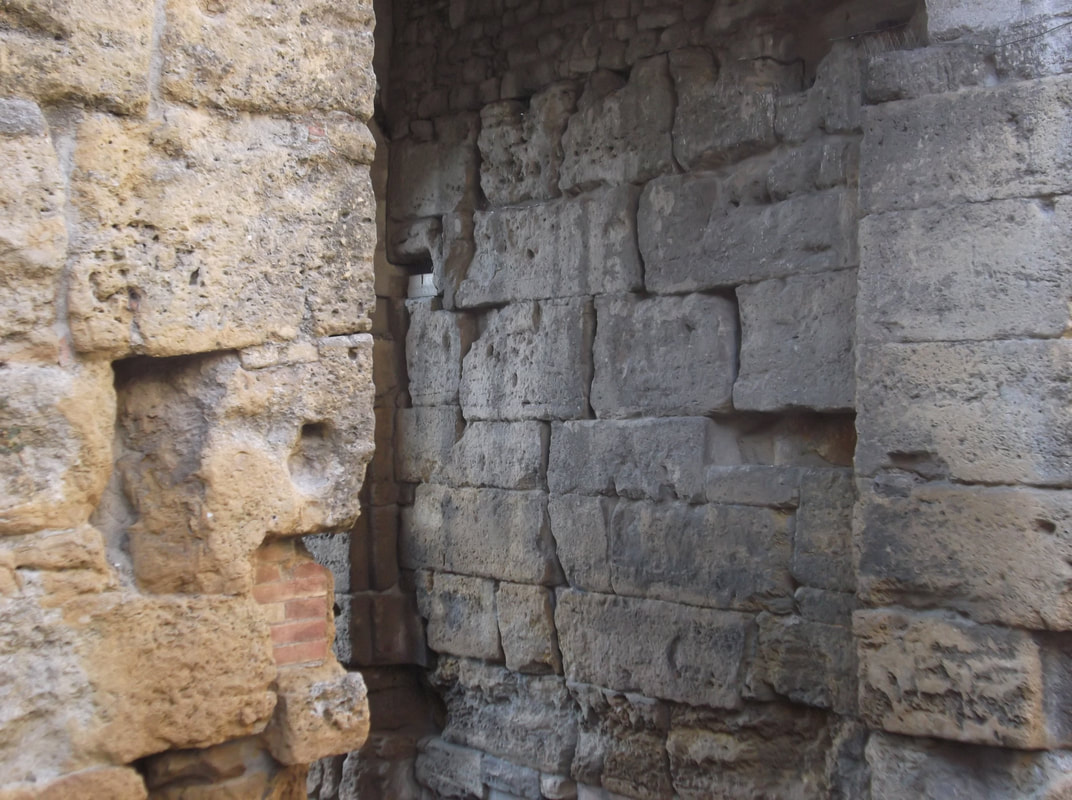
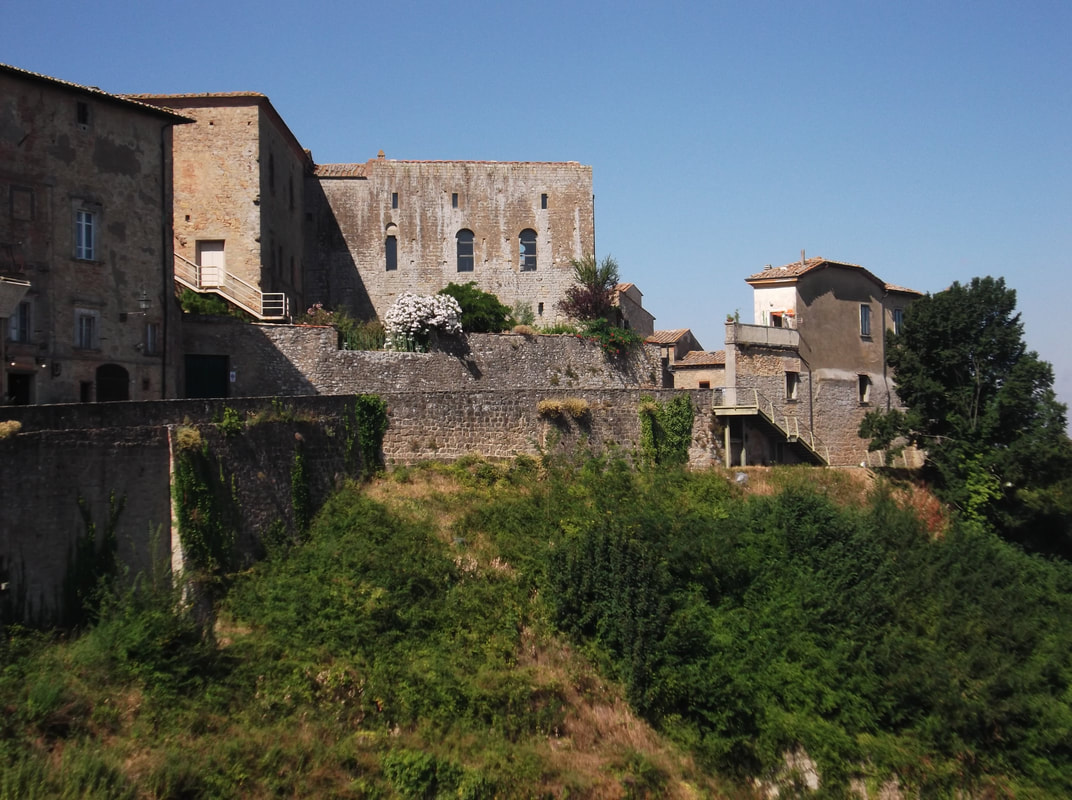
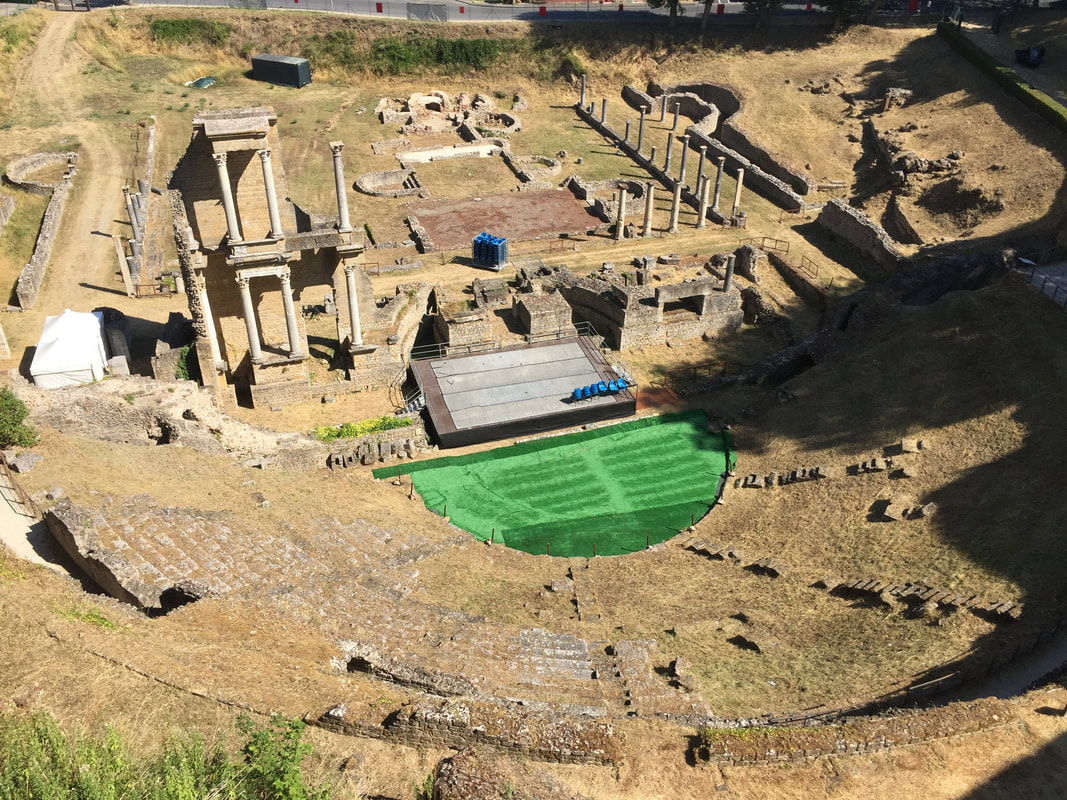
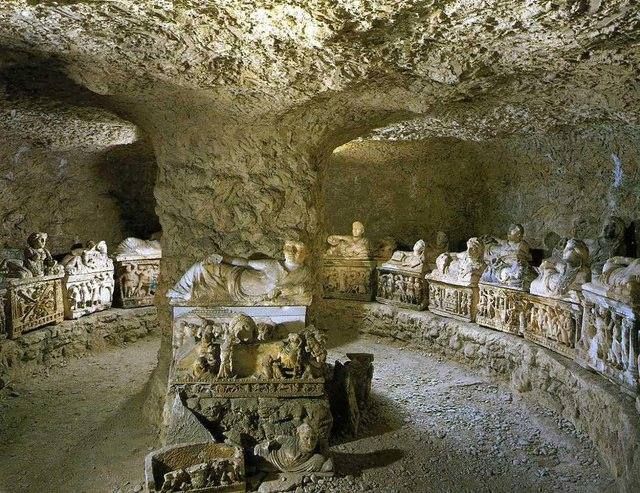
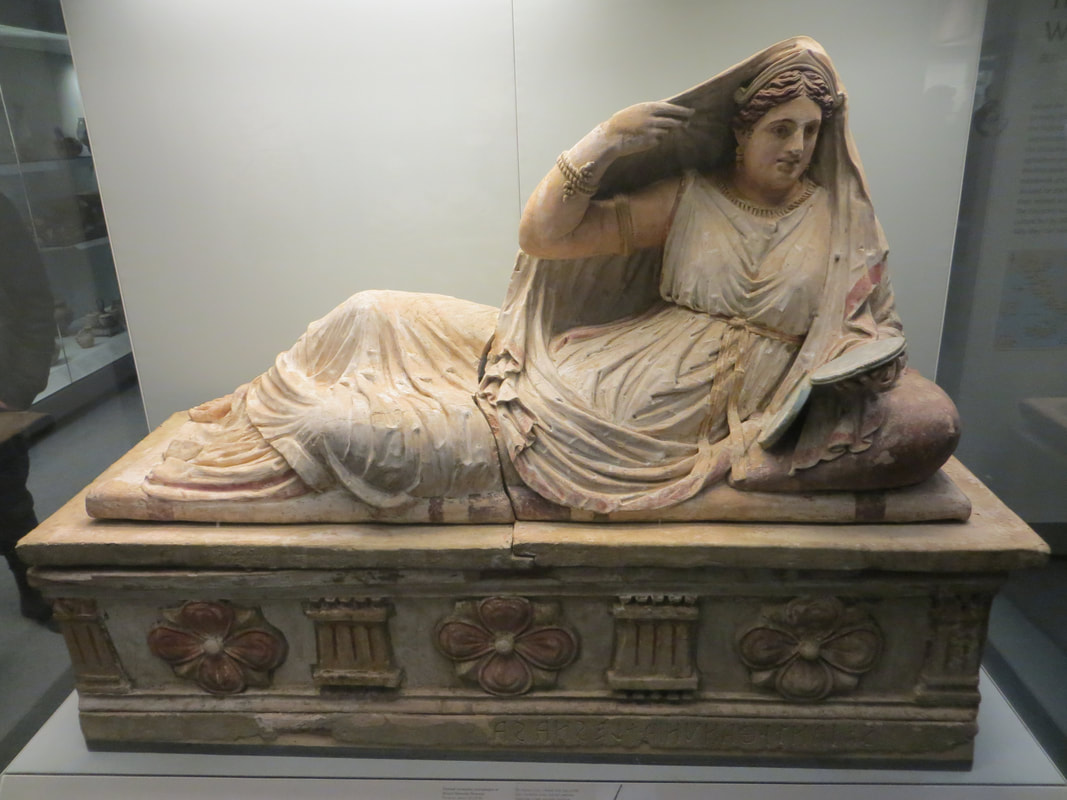
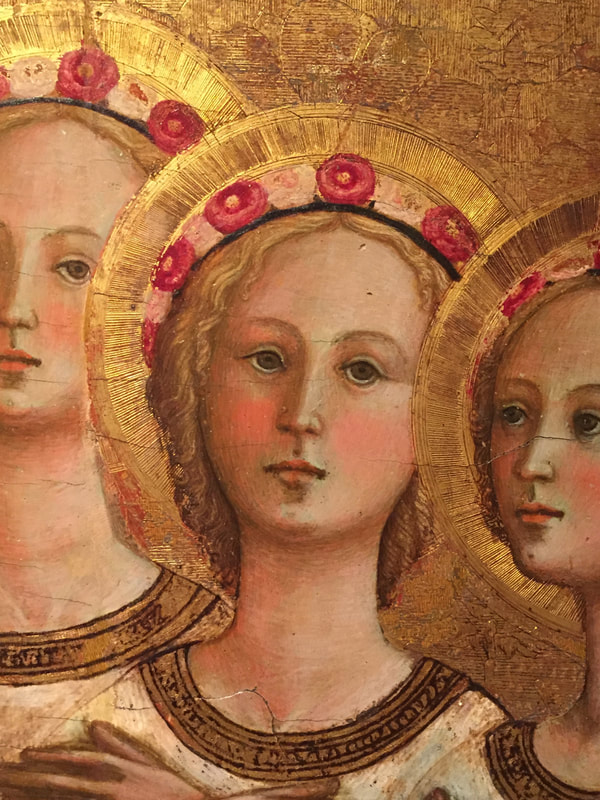
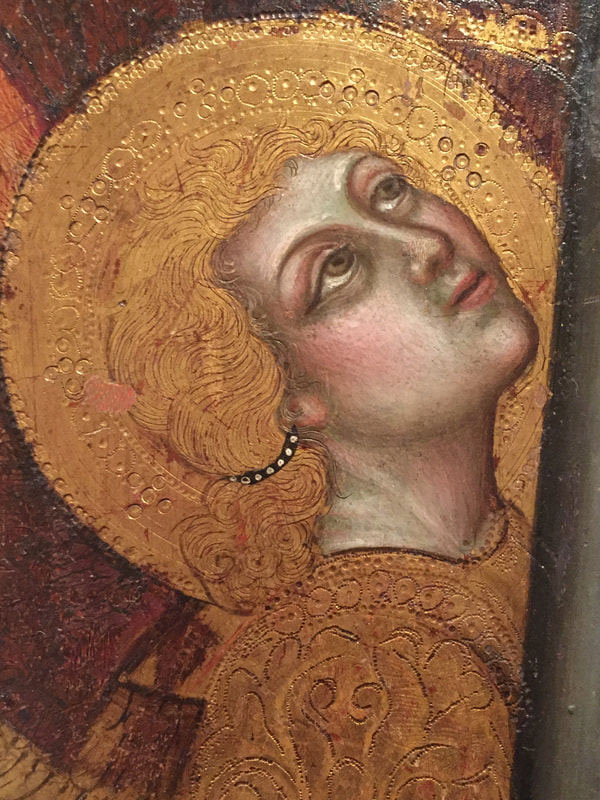
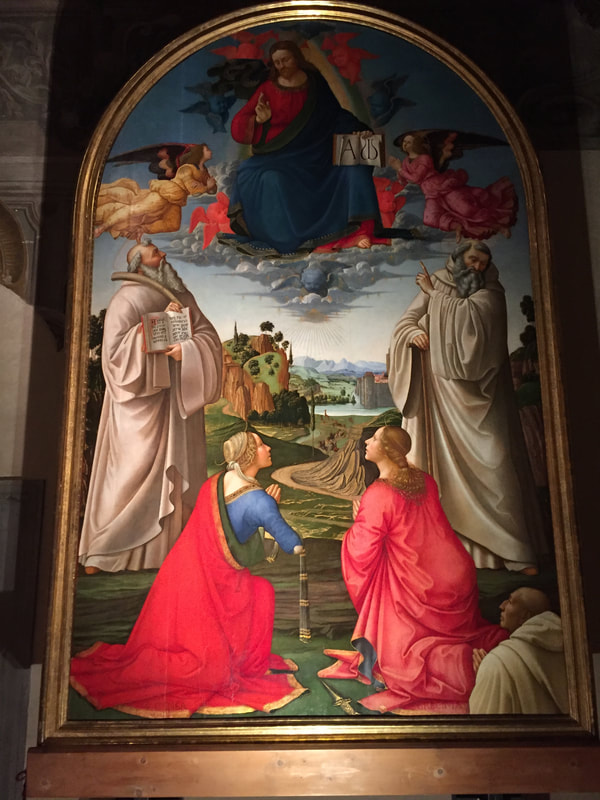
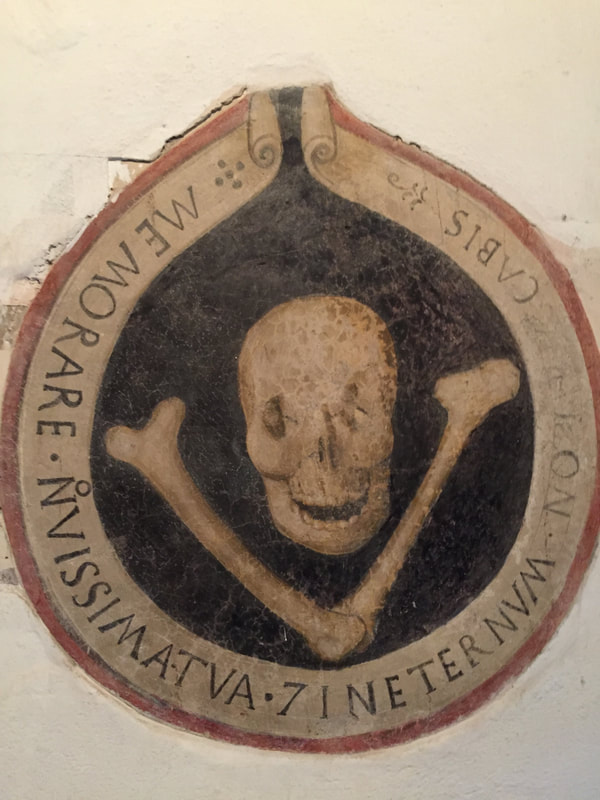
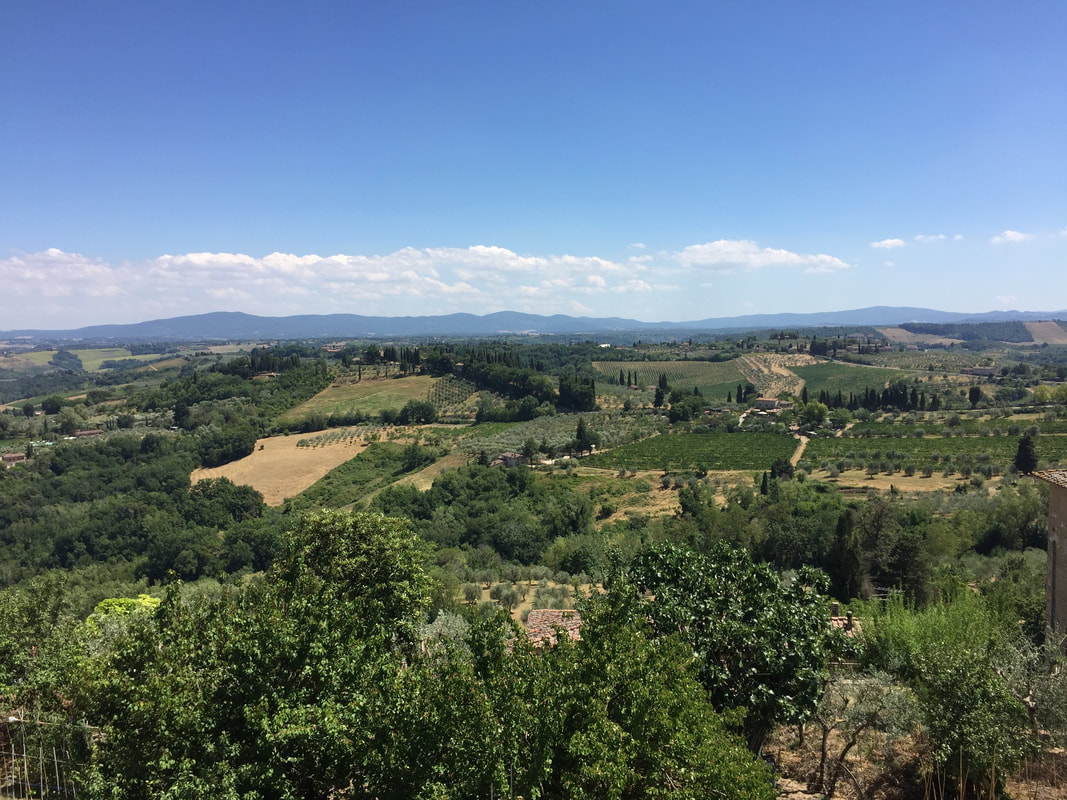
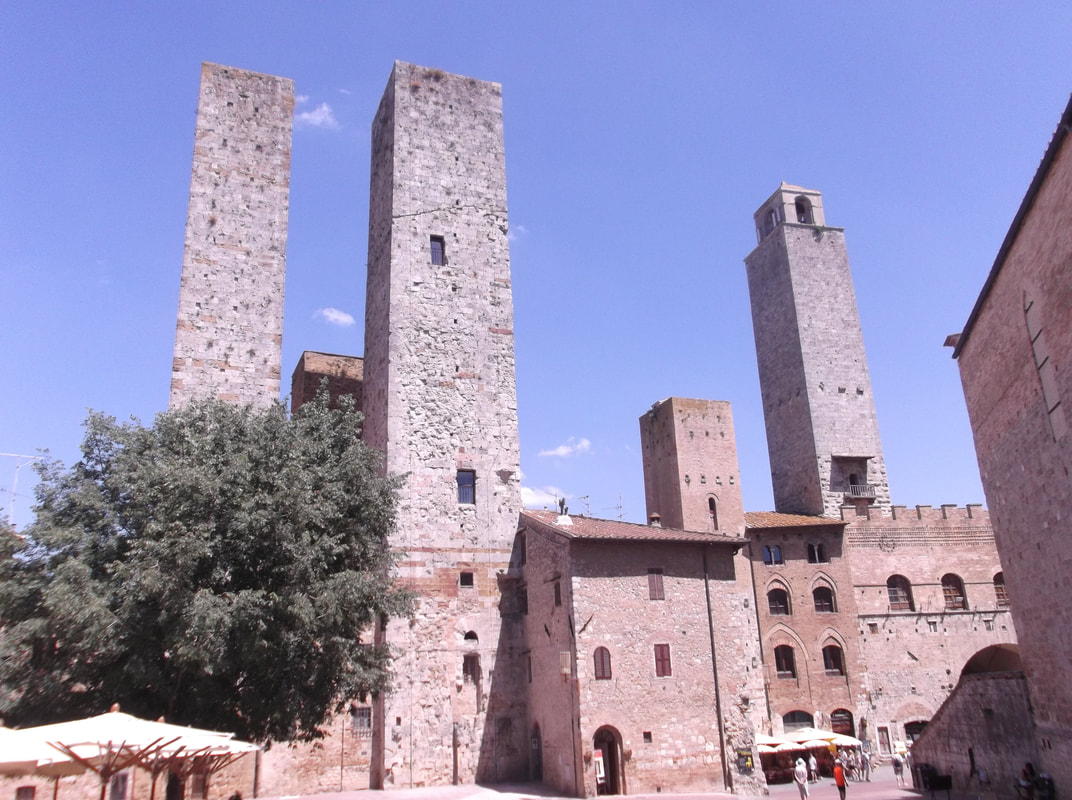
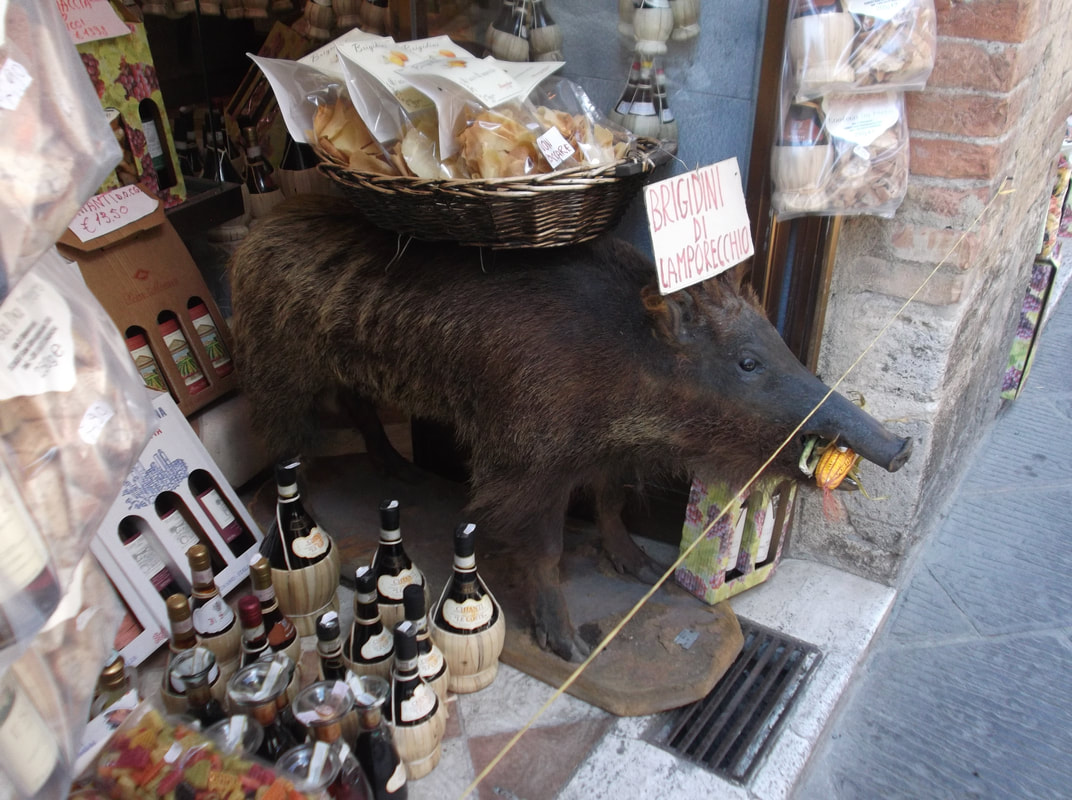
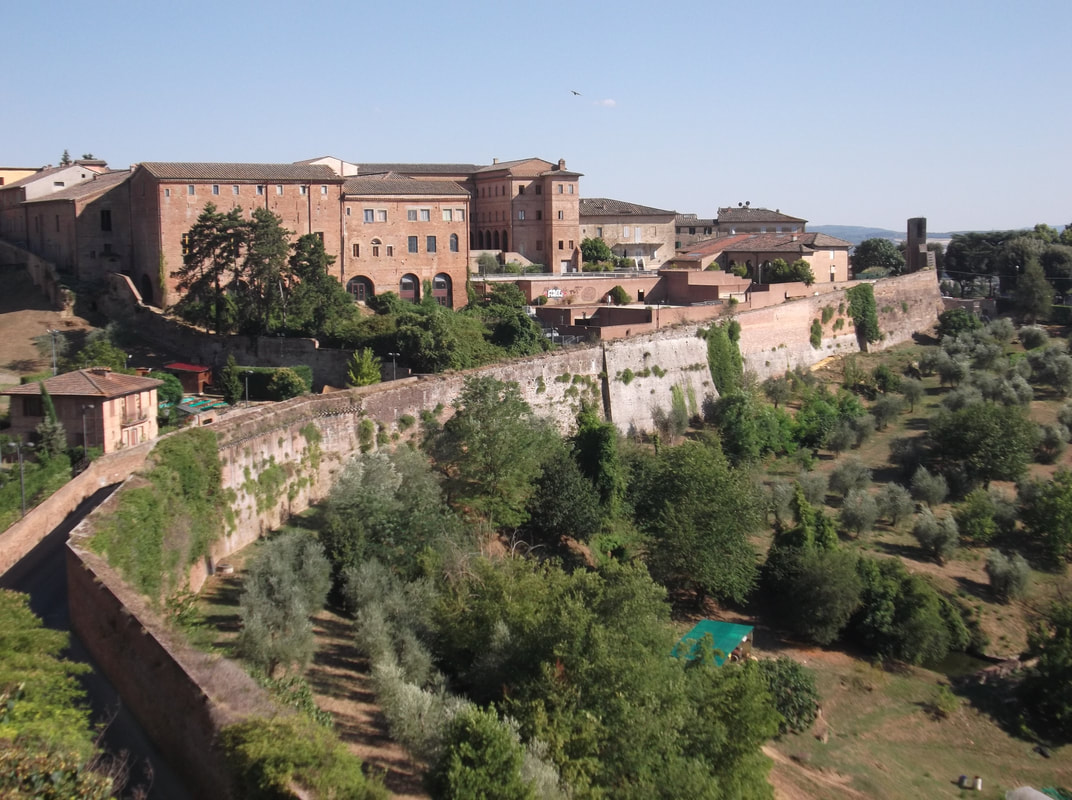
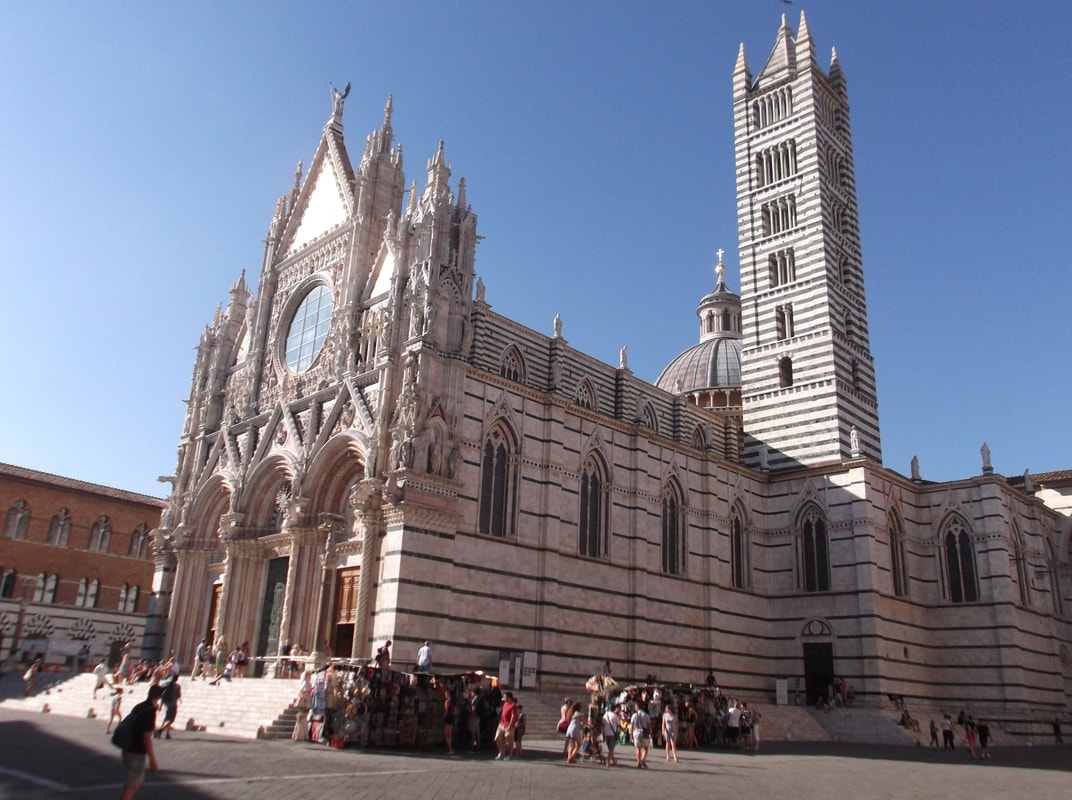
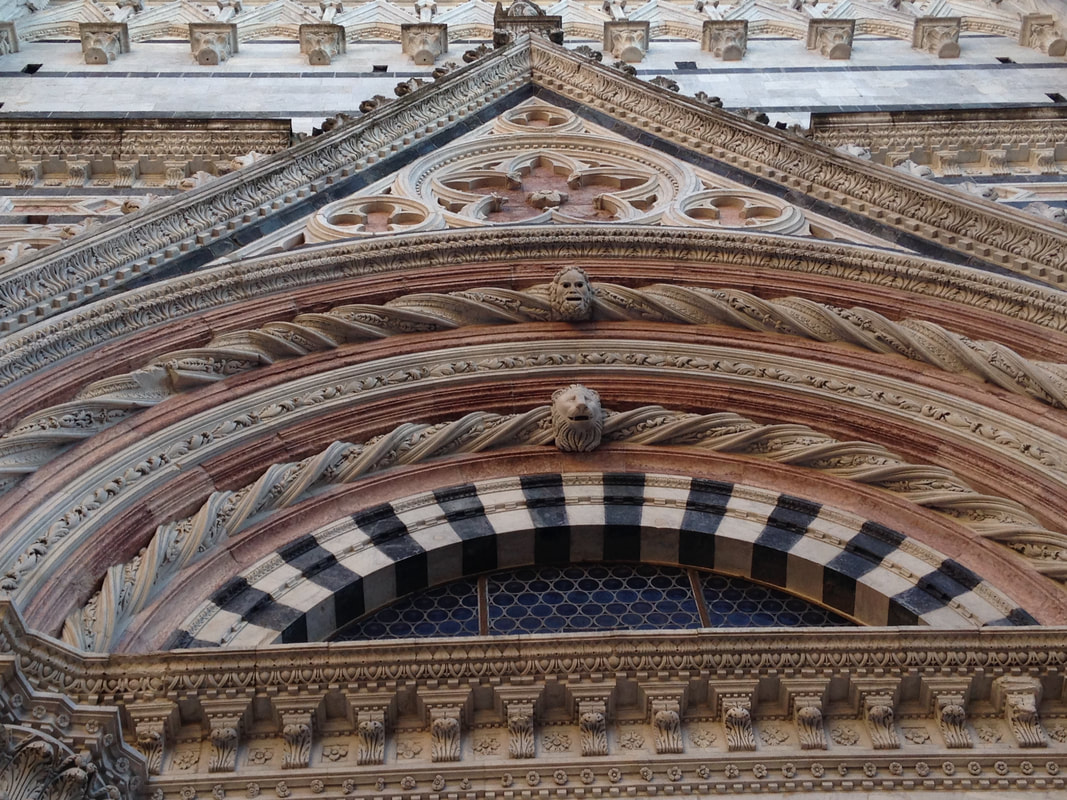
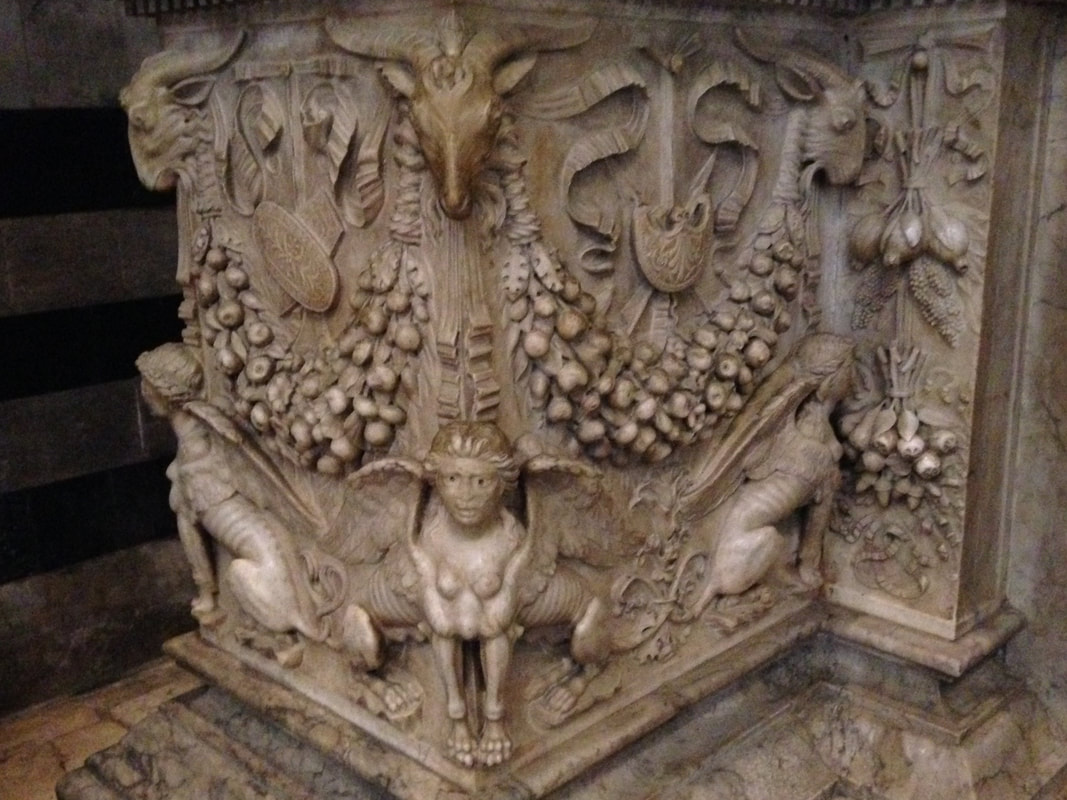
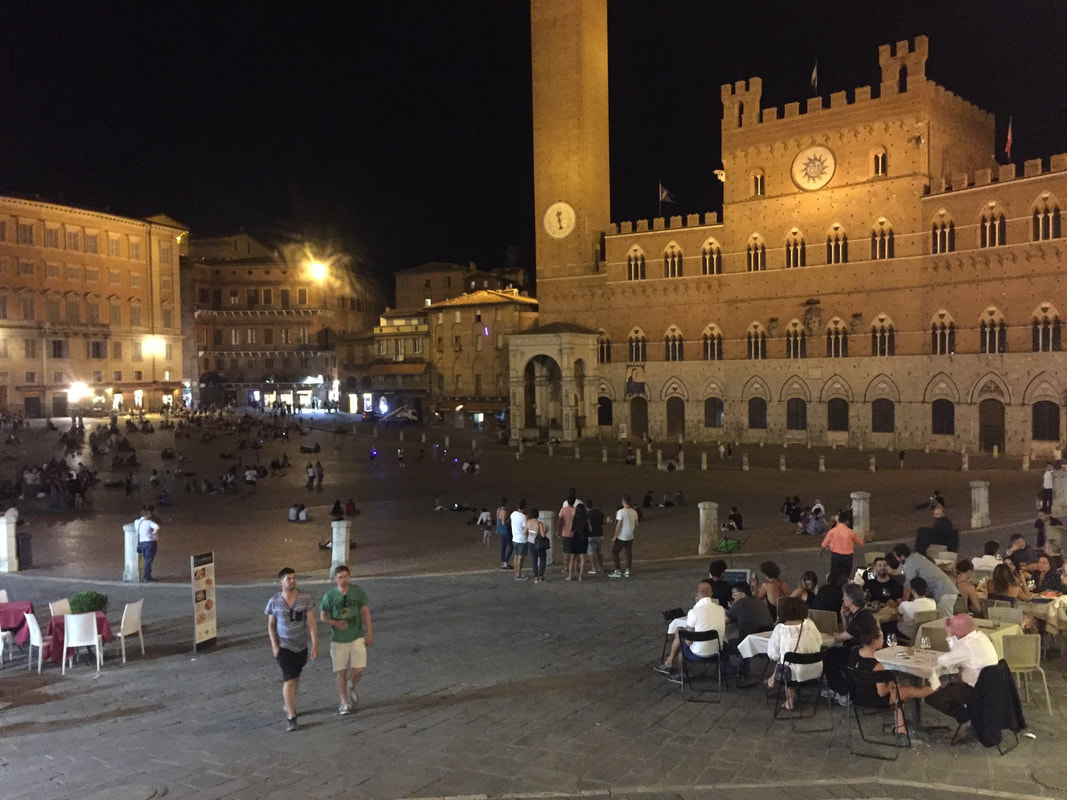
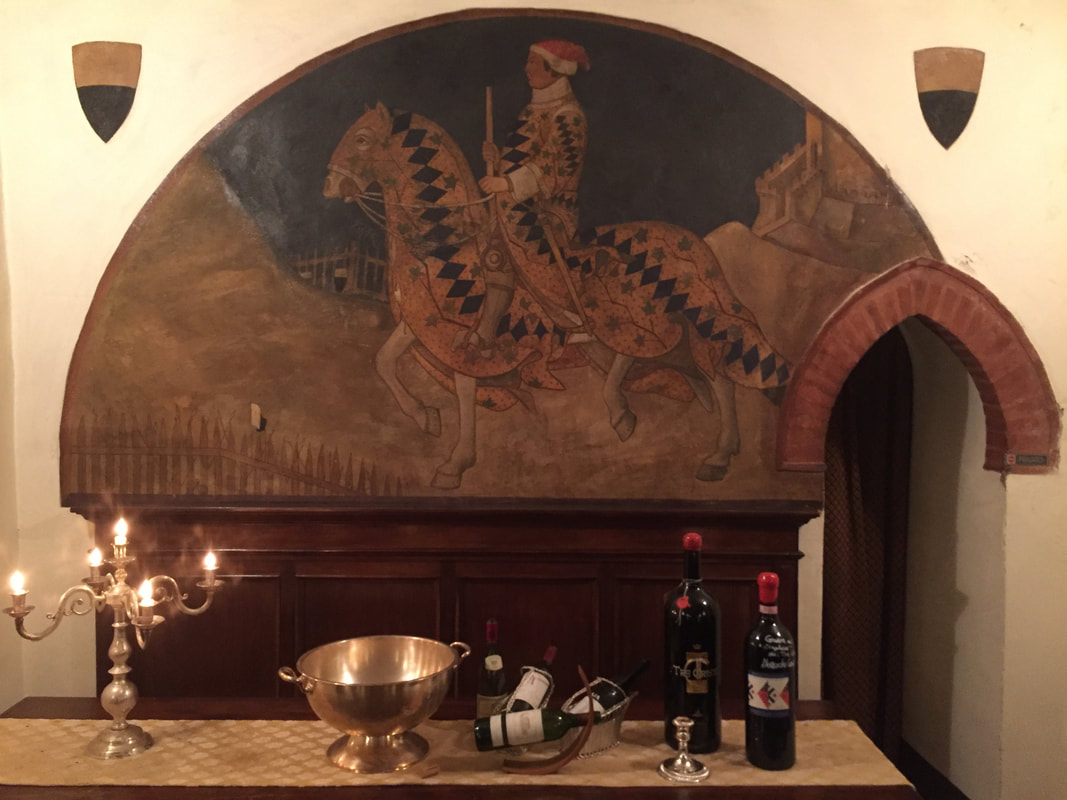
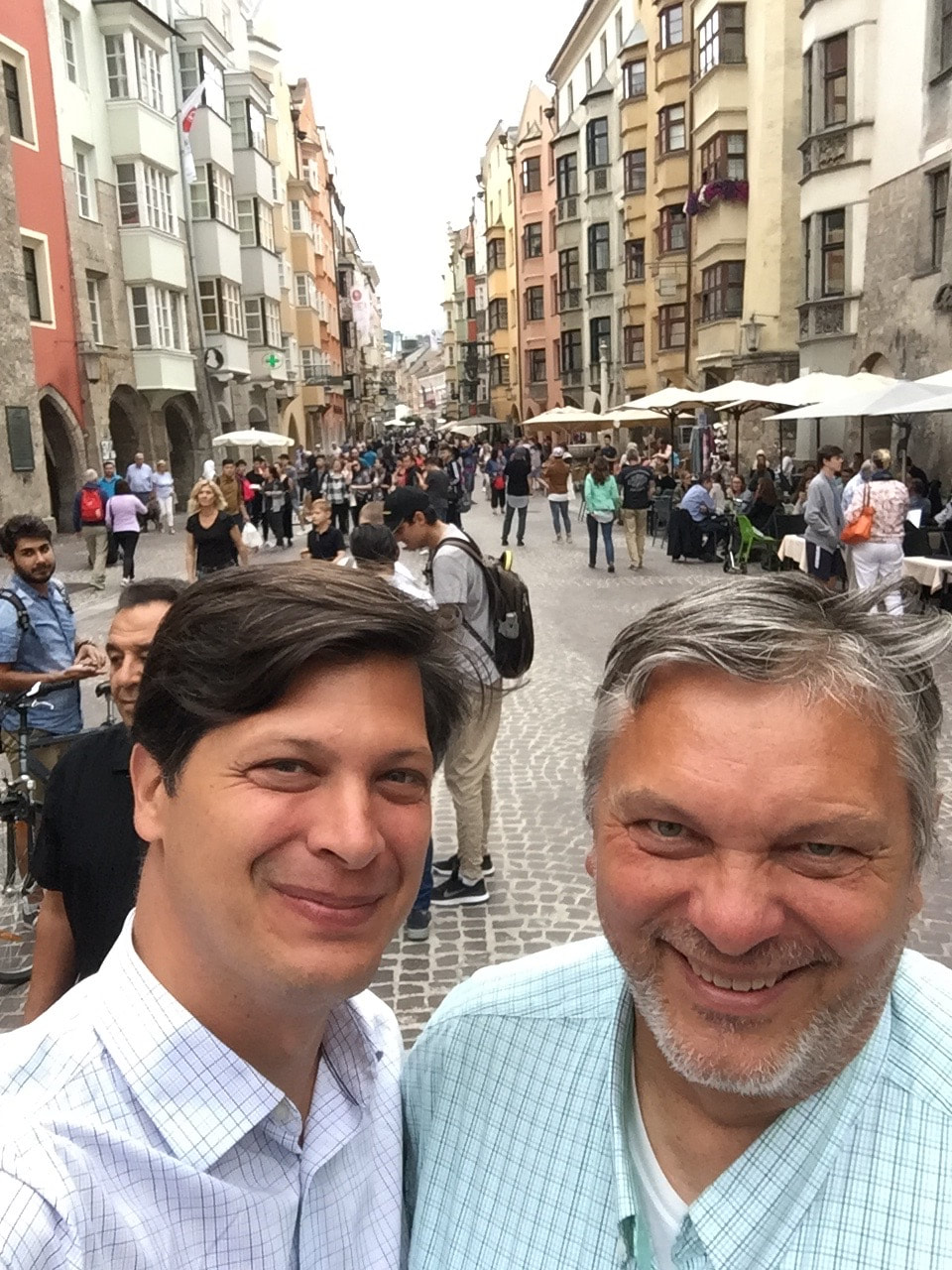
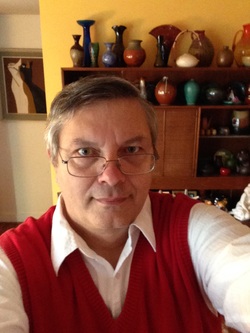
 RSS Feed
RSS Feed